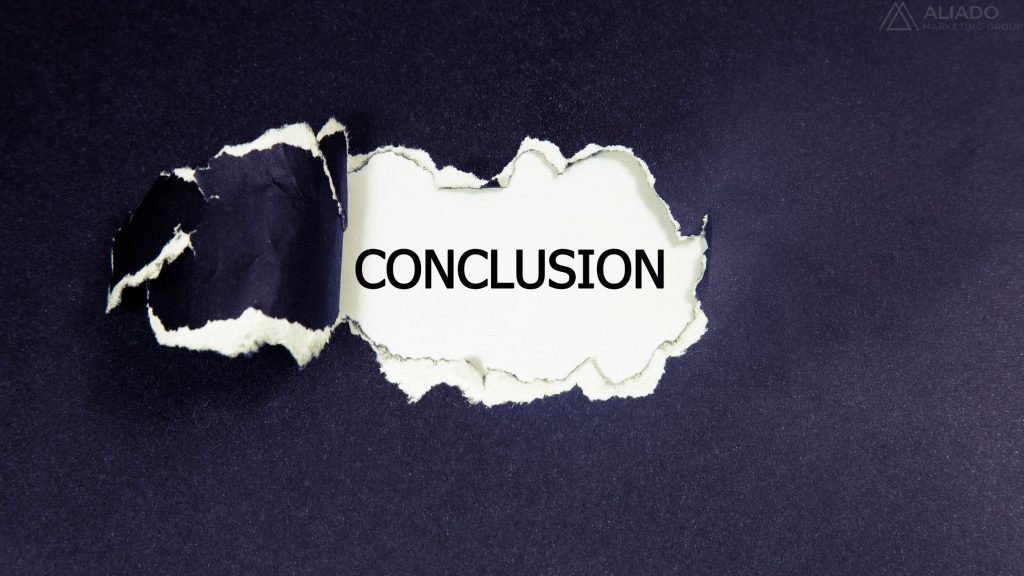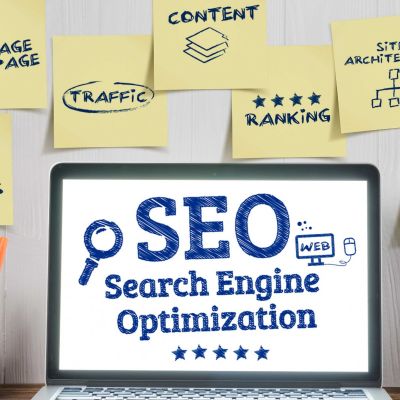SEO in 2025: How Google’s Evolving Algorithms Are Changing the Game
Search engine optimization (SEO) has always been a moving target, but in 2025, the pace of change feels faster than ever. Google’s algorithms are no longer just analyzing strings of keywords; they’re interpreting meaning, understanding context, and predicting what users want before they even finish typing. Businesses that still rely on outdated tactics like keyword stuffing or shallow content are at risk of being buried in search results.
The rules of SEO have shifted, and success today requires more than simply following a checklist. It requires an understanding of how Google thinks, how users search, and how the two intersect. In this blog, we’ll explore the biggest changes shaping SEO in 2025, what strategies are fading, and how you can future-proof your digital presence in this new search landscape.

1. The Rise of AI-Driven Search
How AI Is Reshaping Google
Over the past decade, Google has gradually incorporated artificial intelligence into its search algorithms. But in 2025, the presence of AI is undeniable and central to the search experience. Technologies like MUM (Multitask Unified Model) and Google Gemini are transforming how results are generated. These models don’t just scan for keywords; they analyze content across multiple formats (text, images, video, and even audio) and deliver answers with a level of nuance that mimics human reasoning.
For example, if a user asks, “What’s the best way to train for a marathon in a humid climate?” Google no longer just shows articles containing the keywords marathon and training. Instead, it interprets intent, pulls insights from fitness experts, local climate data, and even user-generated experiences, to deliver a personalized and comprehensive response.
What This Means for SEO
Traditional SEO tactics are less effective in this AI-driven landscape. Google now evaluates whether content truly addresses the intent behind a search query rather than whether it simply contains matching phrases.
Key impacts of AI-driven search:
- User intent matters more than exact matches. Content must answer the why and how behind searches, not just the what.
- Conversational queries are on the rise. Voice assistants and natural language processing mean people search in full sentences. Long-tail queries like “best SEO tools for small businesses in 2025” are more common than short phrases like “SEO tools.”
- Depth, trustworthiness, and accuracy are king. AI models weigh whether content demonstrates expertise and provides real value. Shallow, repetitive content risks being ignored.
How to Adapt
To succeed in AI-driven search, businesses should:
- Focus on user intent mapping—brainstorm what problems your audience faces and create content that provides complete solutions.
- Invest in semantic SEO by building content around topics, not just keywords.
- Structure articles with clear headings, concise answers, and rich detail to make it easier for Google’s AI to extract information.

2. Search Experience Optimization (SXO) Is the New SEO
From Ranking to Experience
A major shift in 2025 is the rise of Search Experience Optimization (SXO). Traditional SEO once focused heavily on rankings—getting your page into the top spots. But Google now emphasizes experience as much as position.
This means your website won’t just be judged by how well it matches a query, but also by how well it serves the user once they click. Google is essentially asking: Was this page worth visiting?
The Core Elements of SXO
The metrics that matter most today go far beyond backlinks and keyword density.
What Google rewards in 2025:
- Page Speed & Core Web Vitals: Websites must load in under 2 seconds, minimize layout shifts, and provide smooth browsing.
- Mobile-First Design: With over 70% of searches happening on mobile devices, Google indexes your site primarily from a mobile perspective.
- Engagement Metrics: Bounce rates, dwell time, and click-through rates all signal whether users found value.
- Accessibility & Usability: Sites that are easy to navigate, provide alt text for images, and use structured headings perform better.
How SXO Impacts Businesses
Imagine two businesses selling the same product. One has a lightning-fast website with clear navigation, while the other has a slow, cluttered site full of pop-ups. Even if both have optimized keywords, the first will almost always rank higher and keep customers engaged.
SXO isn’t just about SEO anymore—it’s about digital customer experience. If your site feels frustrating, Google won’t recommend it.

3. Content That Wins in 2025
E-E-A-T Is More Important Than Ever
Google has long emphasized E-A-T (Expertise, Authoritativeness, Trustworthiness), but in 2022, the extra “E” for Experience was added. In 2025, E-E-A-T is the gold standard.
This means content must show that it comes from someone who has real, lived experience or professional expertise. A blog post on medical advice written by an actual doctor will outperform one written by a generic copywriter. Similarly, reviews written by verified customers carry more weight than anonymous testimonials.
How to Create High-Performing Content in 2025
- Publish first-hand insights. Share case studies, success stories, or unique data that competitors can’t replicate.
- Incorporate multimedia. Videos, podcasts, infographics, and interactive tools keep users engaged longer.
- Use topic clusters. Instead of writing one-off blogs, create pillar pages supported by related subtopics. For example, a “Complete Guide to SEO in 2025” hub could link to pages on AI, SXO, and E-E-A-T.
- Update regularly. Old content quickly becomes irrelevant. Refresh statistics, recheck facts, and republish with new insights to stay competitive.
Example: Topic Clusters in Action
If your business is in digital marketing, a pillar page on “SEO in 2025” could connect to:
- “How AI Changes Keyword Research”
- “The Role of Voice Search in 2025”
- “Core Web Vitals and SEO Ranking Factors”
- “E-E-A-T Guidelines Explained”
Together, these articles create a network of authority on the subject.

4. What’s Fading in 2025 SEO
It’s just as important to know what not to do. Some strategies that once dominated are no longer effective—or worse, could hurt rankings.
- Keyword stuffing: Over-optimizing with exact-match phrases is penalized.
- Thin content: Pages with little depth or copied information lose visibility.
- Low-quality backlinks: Buying links or linking from irrelevant sites no longer helps.
- Ignoring mobile users: Desktop-only optimization is a huge mistake in 2025.
In short, if a tactic feels like it’s designed to trick the algorithm rather than help the user, it’s probably on its way out.

5. How to Future-Proof Your SEO Strategy
With so many changes, how can you build a strategy that lasts? The answer is simple: prioritize humans, not algorithms.
Steps to take now:
- Conduct a 2025 SEO audit of your site’s speed, UX, and mobile readiness.
- Develop a content calendar that focuses on intent-based topics.
- Leverage AI tools (like ChatGPT or Jasper) for research, but always add human expertise.
- Track performance with updated metrics: focus less on keyword rankings, and more on engagement, conversions, and trust signals.

Conclusion
SEO in 2025 isn’t about gaming the system—it’s about understanding people. Google’s algorithms are smarter, prioritizing intent, user experience, and trustworthiness over outdated tricks. Businesses that adapt by embracing AI-driven search, optimizing for SXO, and producing credible content will not only survive but thrive in this evolving digital landscape.
The future of SEO belongs to brands that balance technology with authenticity. Ready to position your business for long-term growth?
Start today by auditing your site, refining your content strategy, and investing in an SEO approach built for 2025 and beyond.
Categories
Latest Articles
Stay up to date
with news and
educational information
[hubspot type=”form” portal=”5213843″ id=”b19f3e1c-0beb-4946-9d04-2bb47dfa17e0″]











Leave a Comment
You must be logged in to post a comment.